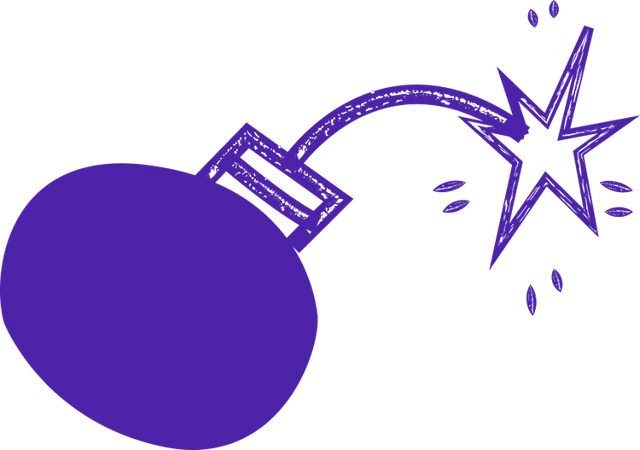
callback queue
What is Callback Queue
When a web browser encounters a piece of JavaScript code that is marked as asynchronous, it initiates the execution of that code in a separate thread, known as the background thread. This allows the browser to continue rendering the web page and responding to user interactions without being blocked by time-consuming tasks.
However, since JavaScript is single-threaded by nature, it cannot directly handle the results of these asynchronous tasks. Instead, it relies on the Callback Queue to manage and process the outcomes of these operations. The Callback Queue, also referred to as the "task queue" or "message queue," is a data structure that holds a queue of callback functions, which are essentially code snippets that are scheduled to be executed once certain conditions are met.
When an asynchronous task, such as making an HTTP request or fetching data from a remote server, completes its execution, the browser places the corresponding callback function into the Callback Queue. These callbacks are then processed and executed in the order they were added to the queue, following the principles of the event-driven programming model.
The event loop, another fundamental concept in JavaScript, continuously checks the state of the Callb ack Queue and the main program execution stack. If the stack is empty, meaning that the main program has finished executing, the event loop takes the next callback from the Callback Queue and pushes it onto the stack for execution. This process continues until the Callback Queue is empty, ensuring that the asynchronous tasks are handled in a sequential and non-blocking manner.
The Callback Queue is a critical mechanism for managing the flow of asynchronous operations and coordinating their execution with the main program. It allows developers to write efficient and responsive code by offloading time-consuming tasks to background threads without sacrificing the smoothness of the user interface.
From an SEO perspective, understanding the Callback Queue is crucial for developers and website owners. As search engines increasingly prioritize user experience and page load times, websites that leverage asynchronous programming and effectively utilize the Callback Queue have a higher chance of ranking well in search results. By minimizing blocking operations and optimizing the execution of asynchronous tasks, websites can significantly improve their performance metrics, such as page load speed and time to interactive, which are key factors in search engine rankings.
In conclusion, the Callback Queue is a vital concept in modern web development that enables the efficient handling of asynchronous JavaScript code. By using the Callback Queue effectively, developers can enhance the responsiveness and performance of their websites, ultimately leading to improved user experience and search engine visibility.
Let’s build your next digital product — faster, safer, smarter.
Book a free consultationWork with a team trusted by top-tier companies.








